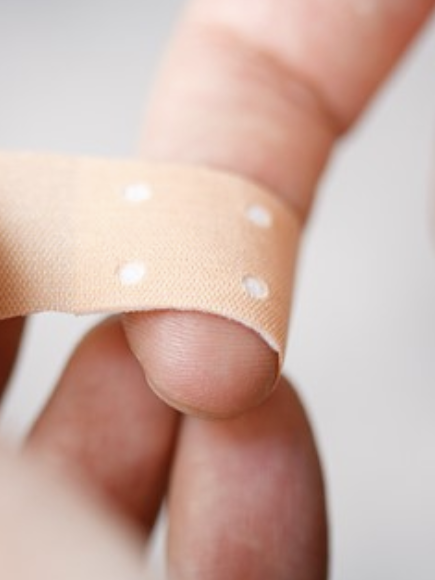
Stop The Bleed
If someone is bleeding you must act fast
While it’s true a minor bleed may be stopped but putting on a bandaid, unfortunately, that is not the case with more serious bleeding.
The firs thing to do is assess if there is more than one person bleeding and who is bleeding the most profusely. What you should be looking for is not necessarily how much blood there appears to be but whether the bleeding is oozing, leaking, or spurting from the patient.
If there is more than one person bleeding, go to the person who is spurting first, leaking second, and oozing third. If you have only a single patient determine how quickly they are bleeding. The vast majority of bleeding can be controlled via direct pressure, more about that in a moment, it may not be done the way you believe. Remember, many people today take medications that thin their blood and that will make it more difficult to stop the bleed.
If your patient is spurting blood they you may have to use a tourniquet. If the patient is bleeding from the torso or a wound too high (close to the body) on an extremity that a tourniquet cannot be applied, you will have to manually stop the flow of blood. Do this by finding the hole or gash and put your (gloved finger) into the wound and see if you can find the artery that is causing the bleed. Once you find it, pinch it off however you can, often by just pushing it against a bone or in any other way the occludes (blocks the flow) the artery. Y
Let’s get back to applying pressure. For small bleeds that ooze or ever flow a bit, if possible, you your fingertips to really push directly into the wound. The patient may not like that, but it is more effective than using the palm of your hand and applying general pressure. Your objective is to get those deep vessels to stop flowing. In cases where there is a big bleed, spurting blood, and the wound in a place that cannot be stopped with a tourniquet, you may been to be more proactive. Use your elbow or knee to really push into that are as hard as you can. Again, the patient may not like it but it may save her life.
A word about tourniquets: their use is rare outside of combat zones, but knowing how to properly use one will make the difference between life and death in some situations.
Learn to Survive
The only way to be truly safe in today’s dangerous world is to be properly trained for the environments and situations you find yourself in. We can help.
Corporate and Executive Consulting
Modular Training for Specific Environments
Safety Preparedness Auditing
27/7 Executive Support
Organizational Team Building
Remote Medical Training